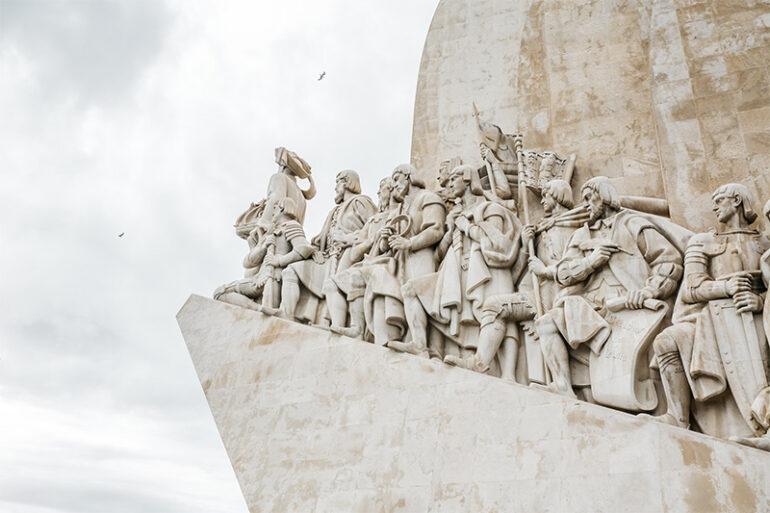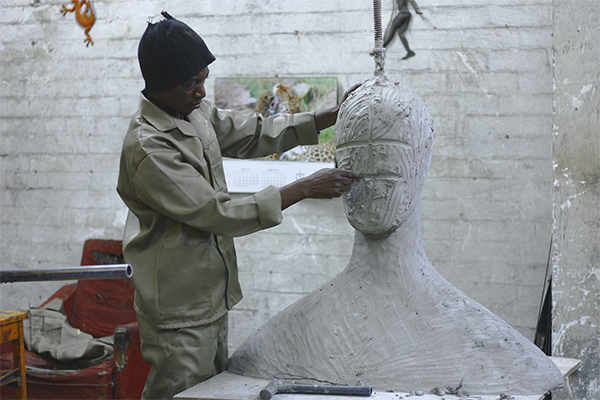From prehistoric times to the present, figurative sculpture has been a powerful form of artistic expression. Artists have reinvented the human form to reflect different creative methods and cultural influences, from the complex sculptures of ancient Egypt and Greece to the energetic and expressive Baroque sculptures. New methods, materials, and concepts are used in contemporary figurative sculpture. These sculptures depict the hardships of modern living by challenging expectations and celebrating individuality.
The Origins of Figurative Sculpture
Figurative sculpture has affected human expression and innovation throughout history. The human form has been examined artistically throughout history, from ancient Egypt and Mesopotamia to classical Greek and Roman sculptures. Figurative sculptures were employed by early civilizations for religious, ceremonial, commemorative, and decorative purposes. These sculptures, handcrafted by professional artisans, represent the human figure with extraordinary clarity and precision. These historic works help us understand the cultural, social, and creative qualities of prior civilizations, as well as our own humanity.
Techniques and Materials in Figurative Sculpture
Figurative sculpture uses several methods and materials to portray the human figure. Sculptors use carving, modeling, and casting to realize their ideas. To form a sculpture, stone, wood, or other materials are removed during carving. However, modeling builds the shape by adding and manipulating clay or wax. Casting creates many duplicates by pouring bronze into molds. Using these methods and carefully chosen materials, sculptors may depict the human body’s intricate details.
The Evolution of Figurative Sculpture throughout History
Over time, figurative sculpture has changed dramatically to reflect shifting socioeconomic trends, cultural influences, and creative forms. The human form has been recreated and remade by artists throughout history, from the classical sculptures of ancient Greece, which are distinguished by idealized proportions and peaceful expressions, to the passionate and impassioned sculptures of the Renaissance. A dynamic and theatrical style was developed during the Baroque era, and sculptures from this period captured strong emotions and dramatic movement. More recently, figurative art has had a push from modern and contemporary sculptors who have experimented with abstraction, unusual materials, and conceptual interpretations. This progression demonstrates the dynamic character of human expression and the ongoing interest with sculptural work that captures the essence of the human form.
Contemporary Approaches to Figurative Sculpture
Figurative sculpture has evolved to reflect the changing nature of art. Artists employ innovative methods, materials, and thoughts to push the boundaries of traditional figurative sculpture. Realist painters represent humanity in minute detail. Others communicate deeper ideas using symbolism, metaphors, and odd materials. By representing many bodies and identities, contemporary figurative sculpture promotes individuality and challenges social norms. This all-encompassing approach to figurative sculpture reflects the complexities of modern life and encourages people to think differently about art.
Throughout history, figurative sculpture has depicted the human figure with exceptional talent and grace. From prehistoric times to the present, sculptors have explored human complexity using a variety of approaches and materials. Figurative sculpture changes in response to creative forms and societal influences, and current approaches are inclusive and challenging. Figurative sculpture reminds us of our humanity and the preoccupation in art with depicting the beauty and complexity of the human body.
Photo Attribution:
1st & featured image by https://unsplash.com/photos/gray-concrete-statue-under-white-sky-during-daytime-SGszwkbO_FU
2nd image by https://unsplash.com/photos/a-sculptor-works-in-his-studio-sculpting-a-large-white-body-and-head-i0WO_RzeB2Y

